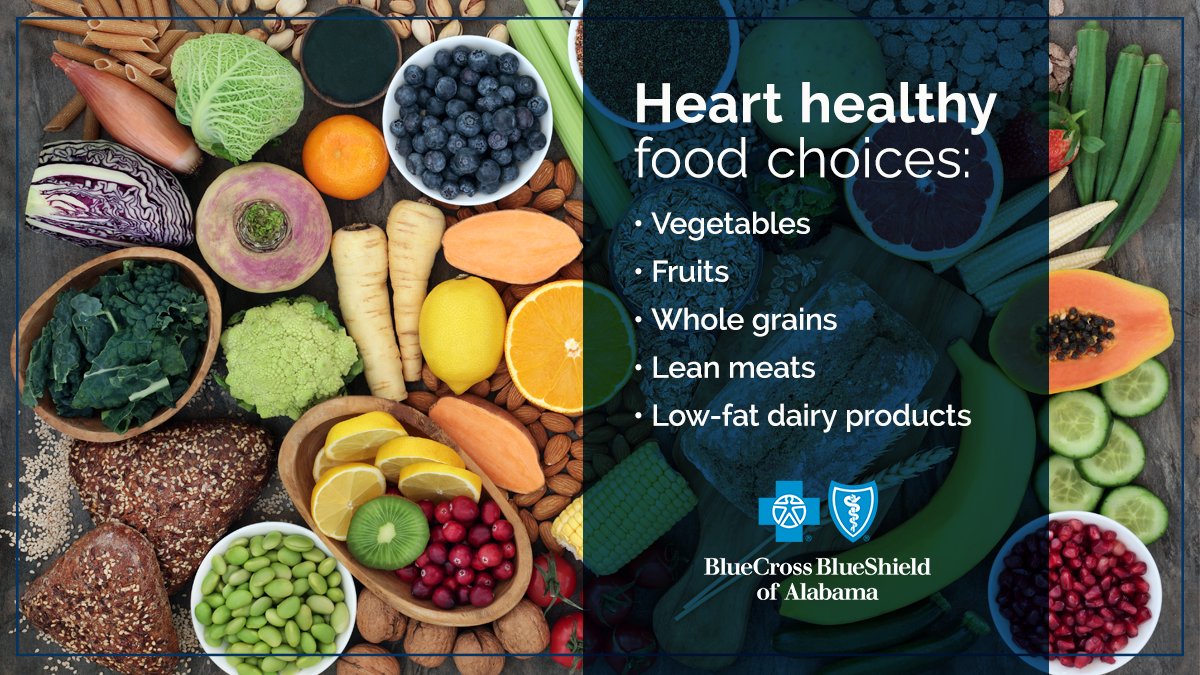
Comprehensive school health programs can't be standardized. It must also be developed locally and implemented with the commitment of resources. The WSCC Model encourages collaboration between school stakeholders including parents, health professionals, students, and other family members. A healthy learning environment can be a key component of a strong school-based health program. In addition, it should be safe and conducive to physical and mental well-being. The WSCC Model emphasizes prevention, early diagnosis of illnesses and injuries, and assessment of effectiveness.
The WSCC model, which is the most popular model for school health, is a good fit for a number of reasons. The WSCC puts students' needs at the forefront and emphasizes the importance of community support for schools. It emphasizes the connection between academic achievement, health, and the promotion of health through the use evidence-based school policies. SHI of the AFHK includes questions that cross-cut to address policies and practices that support multiple topics in health.

While schools can't solve the nation’s most pressing health issues, they can help coordinate the efforts in many different sectors to promote youth health and wellbeing. These efforts should involve parents, youth services organizations, health care professionals, the media, as well as community leaders. While there are a number of approved school-based programs, they are often not known by the general public. A school-based program for health care should help improve the lives, health, and quality of life of youth and their communities.
The SHI guide provides a detailed assessment of school health and identifies strengths and weaknesses, as well as goals and areas for improvement. The SHI Report summarizes all the responses and provides recommendations for improvement. With a comprehensive SHI, schools can be more effective at creating an inclusive and healthy environment for students and staff. This guide can help schools build a culture of health in the school and promote better health outcomes for everyone.
Comprehensive school health programs focus on student health and well-being. It focuses on six priorities behaviors that have an impact on the well-being and health of young people. The program should address nutrition, which is responsible for more than two-thirds the deaths and morbidities among youth. The model should not only provide these services but also include family participation. The model should include family involvement in all aspects related to school health care.

The WSCC Model emphasizes preventive service in schools. The WSCC includes extended services that cannot be provided in most other settings. These services focus on a range of health topics, and emphasize the family's role in children's development. The WSCC model promotes health for all children. It can also improve communities' quality of living. These activities have a positive affect on the mental well-being and health of children.
FAQ
Is Cardio Better Than Strength Training?
Both are equally effective. For those who want to gain muscle quicker, cardio is a better choice.
Cardio burns more calories in a minute than strength training and more fat.
Although strength training can increase muscle mass, it is more difficult than cardio to do so.
Does Weightlifting Burn Fat Faster?
You can lose more fat by weight lifting, but only when you do it in conjunction with cardio.
For the best results of weightlifting, do it after cardio exercises.
If done correctly, weightlifting can increase your heart rate and oxygen intake which in turn helps you lose weight.
If you don't mix it with cardio, your body won't notice significant changes.
Is it true, that too much protein can cause kidney stones?
Protein is essential for healthy bones and tissue. But consuming too much protein can lead to calcium excretion through urine. This can lead to kidney stones.
It's important to note that not everyone gets kidney stones after eating more than 2 grams of protein per kilogram (2.2 pounds) of body weight. High amounts of protein can be consumed by some people without causing kidney stones.
By watching how much sodium you consume, kidney stones can be prevented. Sodium regulates the body's water balance. Too much sodium can cause kidney stones.
If you have kidney stone, you might also consider reducing your protein intake. The majority of adults need protein for half their daily caloric needs. You'll lose weight if you reduce your intake of protein.
If you do decide to eat more protein, don't go overboard. Aim for less than 20% of total calories from protein.
Statistics
- Get free shipping and 25% off today. (healthline.com)
- By John Thompson Take a whopping 38% off a set of PowerBlock Pros. (menshealth.com)
- According to the American Heart Association, blood pressure should be checked at least once every two years, beginning at age 20. (my.clevelandclinic.org)
- 10 pounds in a month is likely during a lean bulking phase, especially for beginners. (muscleandstrength.com)
- Cardmembers earn 5% Back at Amazon.com with a Prime Credit Card. (amazon.com)
External Links
How To
How can a man get in shape in 30 days?
The best way to achieve fitness goals is by breaking them into small achievable steps.
Each day you need to be working towards your goal. This could mean anything from doing 10 pushups for 5 minutes to running 3km.
If you do this consistently over time, you will see positive results.
You must be consistent. You must persevere until your success is achieved.
What's the difference between Aerobic Fitness & Anaerobic Fitness, and how can you tell?
Anaerobic fitness refers to the ability of our bodies to perform intense physical work without oxygen. During periods of high-intensity exercise, we use anaerobic pathways to provide enough energy to complete the task. Anaerobic pathways are glycolysis, creatinephosphate and the phosphagen.
Aerobic fitness, on the other hand, is a sustained low-intensity exercise. When doing aerobic exercises, oxygen serves as the primary source for fuel for the cells. In other words, aerobic pathways provide more energy than anaerobic.
You need to build up your aerobic capability if you plan on running a marathon. If you concentrate on building your anaerobic capability, you won’t be able complete the race.
Aerobic fitness is also referred to as cardiovascular fitness. The two most common methods of measuring cardiovascular fitness are VO2 max testing and step tests.
VO2 Max Testing
VO2 max refers to the maximum amount of oxygen (O2) used by the body during exercise. This test measures the body's ability to use O2 while exercising.
This is one of the most accurate tests to measure cardiovascular fitness. However, it requires expensive equipment and highly trained professionals to administer the test.
Step Tests
Step tests are a quick and easy way to test your cardiovascular fitness. These are based on your weight and age, they require you to run or walk on a track.
These tests cost little, are quick and simple to do, and can be carried out almost anywhere. For instance, you can walk on a treadmill for 2 minutes, rest for 1 minute, repeat this process for 20 minutes, and then stop. Throughout the session, your heart rate should be within a certain range.
This method is known as the "Bruce Protocol". Bruce, himself a runner developed this protocol when he realized his heart rate didn't rise when he ran long distances.